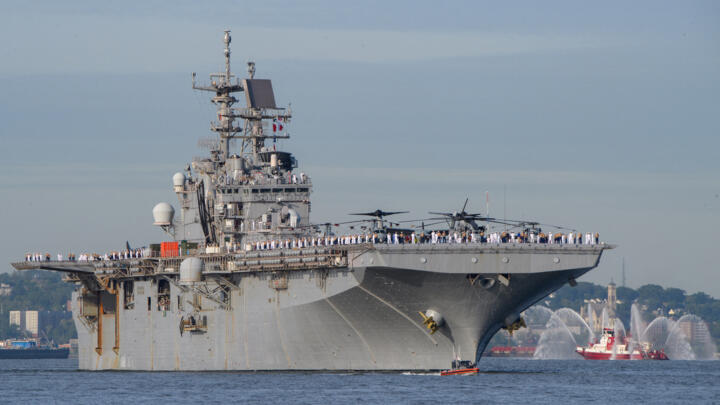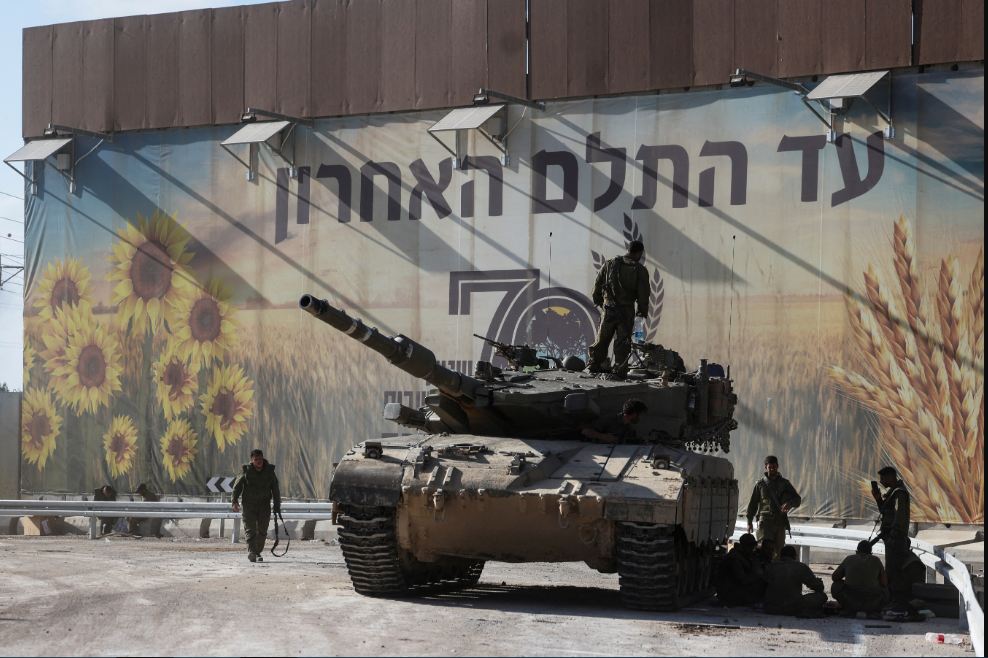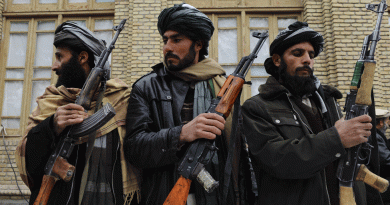The Domino Effect of a Strait Blockade: From Asian Blackouts to Global Inflation
Experts agree: the closure of the Strait of Hormuz would be a global catastrophe.
As tensions between Iran and Israel reach a fever pitch following Israel’s strikes on Iranian nuclear facilities earlier this month, global attention is zeroing in on one of the world’s most critical chokepoints for energy transit: the Strait of Hormuz.
This narrow, 33-kilometer-wide strait, which lies between Iran and Oman, is more than a geographical feature — it is the lifeline of the global energy market. With nearly 20 percent of the world’s daily oil consumption passing through its waters, even the hint of a blockade or disruption sends shockwaves through financial markets and rattles policymakers from Beijing to Brussels.
Now, as the specter of U.S. military involvement in support of Israel looms larger, Iran’s threats to block the strait are once again dominating headlines. Analysts warn that such a move would ignite an oil shock unlike any seen in recent history.
“The Strait of Hormuz is not just a waterway; it is the artery of global energy,” said Saudi geopolitical analyst Salman Al-Ansari. “Any blockade would trigger a chain reaction the global economy is not prepared for.”
A Strategic Lifeline
According to the U.S. Energy Information Administration (EIA), nearly 20 million barrels of crude oil — around one-fifth of global oil consumption — transits the Strait of Hormuz daily. It also handles about 20 percent of the world’s liquefied natural gas (LNG) exports, mostly from Qatar.
There are virtually no viable alternatives. The strait is the only deep-water passage in the region capable of accommodating the world’s largest oil tankers. Pipelines across the Arabian Peninsula offer limited relief but cannot come close to replacing the volume that moves through Hormuz.
The EIA estimates that 84 percent of the crude oil flowing through the strait heads toward Asia, with China, India, Japan, and South Korea as top consumers. In February 2024, the Center for Security Policy in Washington reported that more than three-quarters of crude passing through the strait is destined for Asian markets.
Volatility on a Knife-Edge
When Iran launched retaliatory strikes on Israel last week, oil markets reacted immediately. Brent crude surged from $69 to $74 per barrel in a single day — and that was without any actual blockade.
“The market’s reaction to mere tension is telling,” said Jassem Ajaka, an economist and professor at the Lebanese University. “The full closure of the strait would send prices soaring above $100 per barrel in a matter of hours.”
Ajaka stressed the ripple effect such a spike would have on inflation: “Oil is a foundational commodity — its price is embedded in 95 percent of goods. Everything from food production to transportation will see costs surge.”
Limited Escape Routes
Saudi Arabia, which exported 5.5 million barrels per day through Hormuz in 2024 — nearly 40 percent of all crude transiting the strait — has some contingency plans in place. The Kingdom’s East-West Pipeline can divert up to 7 million barrels per day to the Red Sea, but current use is already high due to ongoing disruptions in the Bab el-Mandeb Strait from Houthi threats.
The UAE’s Fujairah Pipeline, with a capacity of 1.8 million barrels per day, is also operating near capacity. Iran’s Goreh-Jask Pipeline, meant to ease its own vulnerability, has remained largely dormant since late 2024.
“If the Strait of Hormuz were blocked, only about 2.6 million barrels per day could be rerouted,” noted Al-Ansari. “That leaves a gaping shortfall of more than 17 million barrels — a blow the world cannot absorb overnight.”
Asian Economies at Risk
China, which imports nearly half its crude oil via Hormuz, would be among the hardest hit in the event of a closure. India, Japan, and South Korea would also face severe disruptions, likely triggering the release of emergency reserves.
“China would be the first to feel the sting,” said Ajaka. “If the blockade stretches beyond a few weeks, we could be looking at a global recession.”
Shipping costs would rise exponentially as tankers are forced to reroute around Africa. Supply chains would suffer, and energy-importing nations would scramble to find alternatives.
For smaller nations like Lebanon, the consequences could be catastrophic. “We’d face a total blackout,” said Ajaka, “as our power generation depends entirely on imported fuel oil from Iraq.”
Not Just an Economic Gamble
Iran has long viewed the Strait of Hormuz as a pressure point — a strategic card it holds to deter Western intervention. But experts warn that closing the strait would not come without consequences for Tehran.
“Iran’s own economy is heavily reliant on oil exports through the same strait it threatens to close,” said Abdulaziz Sager, Chairman of the Gulf Research Center, in a recent op-ed. “Shutting it down would inflict self-harm — unless the regime feels cornered.”
Indeed, a growing number of Iranian officials are openly discussing the possibility. On June 20, Behnam Saeedi, a member of Iran’s National Security Committee, told local media that closure remains an “option on the table” should the U.S. become involved.
Another lawmaker, Ali Yazdikhah, warned that Iran’s tolerance for shipping freedom depends on the West’s posture. “If the U.S. enters the war operationally, Iran has the legitimate right to disrupt energy transit,” he said.
However, Ajaka cautioned that any such move would be seen as a last resort. “Iran would only close Hormuz if the survival of the regime is at stake — the economic fallout would be too severe otherwise.”
Western Response and Global Stakes
The U.S. and its allies have long maintained a naval presence in the Gulf to safeguard shipping routes. In 2019, attacks on Saudi oil tankers and the Abqaiq facility — which briefly took out 5 percent of global supply — triggered a multinational response.
On June 17, U.S. intelligence officials revealed that Iran has positioned ballistic missiles and military assets aimed at American bases in the Middle East — a clear signal of escalation readiness. Additional reports suggested that Iran may consider mining the Strait of Hormuz, a tactic designed to trap U.S. naval forces in the Gulf.
In the event of a closure, emergency strategic reserves would likely be released. However, Ajaka pointed out that this solution offers only temporary relief.
“Non-OPEC nations are already producing at capacity. Only OPEC members like Saudi Arabia have the ability to increase output — and even that depends on geopolitical calculations,” he said.
Should the crisis deepen, Ajaka predicts Washington may ease sanctions on countries like Venezuela to boost supply. “It’s not just about oil anymore — it’s about stabilizing a world economy on the brink.”
The Strait Must Remain Open
Experts agree: the closure of the Strait of Hormuz would be a global catastrophe.
“It would prompt immediate military intervention by the U.S. and the U.K.,” said Ajaka. “The stakes are simply too high.”
Al-Ansari underscored that the crisis is more than a regional flashpoint. “What’s at risk is not just oil — it’s the fragile equilibrium that keeps economies functioning and societies stable.”
With tensions mounting, the world now watches anxiously. The Strait of Hormuz, long seen as a barometer of Gulf stability, is once again the frontline of global geopolitics.
If diplomacy fails and the conflict escalates further, this critical chokepoint may turn from a transit hub to a trigger — one capable of reshaping the global order.



